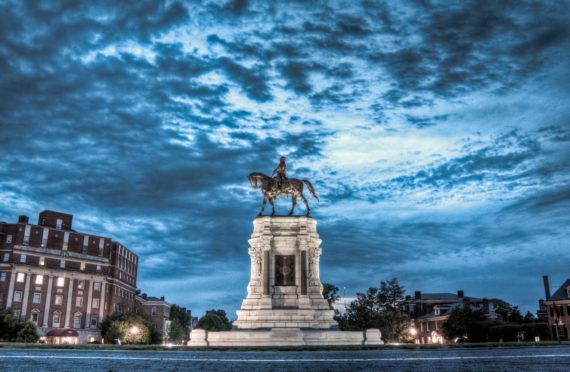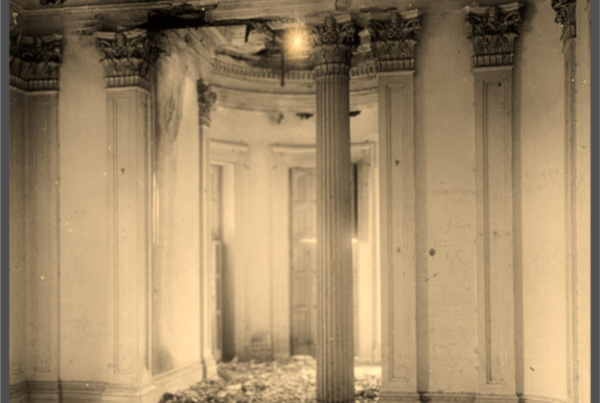This piece was originally printed in Southern Partisan Magazine in 1994.
By the 1970s, all vestiges of legal discrimination in the South had been eliminated. Indeed, affirmative action programs, minority entitlements, and special considerations in the marketplace have given blacks a solid place at the table of mainstream American life. A new black middle class, driven by the work ethic and encouraged by private as well as public programs, is establishing itself in the American business community—South as well as North—South more than North.
In the face of these changes, organizations like the NAACP and the Southern Christian Leadership Conference have found themselves writhing on the horns of a dilemma. On the one hand, just as ships acquire barnacles, they have, over a period of decades, acquired enormous staffs—professional activists whose livelihood depends on perpetual racial conflict. If these organizations declared victory, then their donor list would no longer have an incentive to send in contributions, and they would inevitably wither like raisins in the sun.
Well, not exactly “in America,” They found out as early as 1966 that, while civil rights demonstrations in the South were sympathetically covered by the media and well-funded by the liberal establishment; the same tactics failed miserably in the North. Martin Luther King’s crusade to desegregate the Chicago suburbs marked the end of the real Civil Rights Movement in America.
The current black leadership remembers that lesson. Even though they can no longer allege legal discrimination, they are careful to confine most of their current activities to the South. In doing so, they are banking on the vitality of anti-Southern bigotry, the bigotry of Yankees in general, and of the media in particular, which are largely based in Hollywood and New York. This visceral regional prejudice still provides them with sympathetic coverage and ensures a fair yield on direct mail solicitations.
But the only thing that inspires the degree of hatred necessary to squeeze dollars from a dwindling donor list is the South’s past. By almost all objective standards, our region has much better race relations than any other—certainly better than the great Northern urban centers we have always been urged to emulate.
David Nicholson—a black writer who recently made a first, fearful trip to the South—wrote the following words in the Washington Post:
I’m too young to remember going to Columbia as a child, and so I grew up in Washington knowing the South only from books, television, and movies. The pictures indelibly imprinted in my mind are of rabid rednecks, fragile belles, and servile blacks coexisting in a place taut with hostility and sudden, inexplicable violence.
And then there was the reality of what I experienced day after day. Everywhere I went, people were far more open and congenial than in the North, even in the most casual interactions. And everywhere, in cities and small towns, I saw blacks and whites working together, walking down the street together, talking together.
Hence this recent turning to the past for evidence of Southern injustice. Slavery and segregation have always been blood-boiling issues, the kind that provoke Northern donors to unzip their purses. So why not revive ills long since corrected, hurts long since assuaged?
The small number of black leaders who have led these campaigns throughout the region have cited their hurt feelings, their sense of humiliation, their desire to bury forever the painful memories of a repressive bygone era. Such cries of anguish have touched the hearts of many Northern donors and not a few Southern politicians, who see the issue as a vehicle to gain support in the black community.
The “hurt feelings” argument rings hollow—and particularly in the state of Georgia. Only a few years ago—when a Georgia city decided to remove the old train station, including the separate entrance signs which read WHITE and COLORED—black activists screamed their objections. Why? Because they said they wanted everyone to remember the indignity of segregation. The WHITE and COLORED signs, they said, helped them to do just that.
So if the flag reminds them of segregation, why aren’t they demanding that flags be flown at every corner of every street in every Southern city? Why not have “Dixie” played at every ball game, every public meeting, and at the opening of every school day? Because that would be too simple. When we want to forget, they want to remember. It will be that way till the angel Gabriel blows his horn at the crack of doom—or until the money stops flowing.
As a matter of fact, the solution to the problem seems obvious. We should just pay them to be happy and silent. Every year we’ll pass the hat and send them a check for whatever amount they might have collected by screeching and throwing themselves around like petulant children. As a gesture of good will, I’ll put the first $100 in the hat.








2 Comments